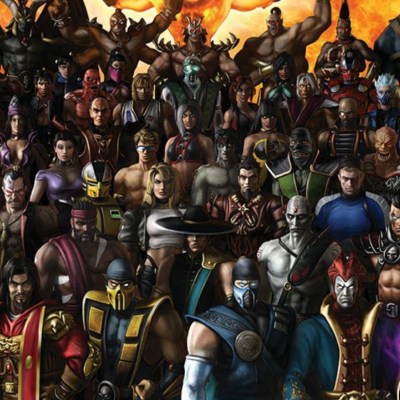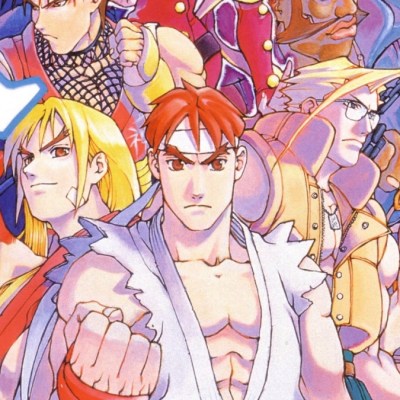How Mortal Kombat, Street Fighter, and Other Fighting Games Rebooted Themselves
A fighting game's plot can only go so far until someone hits the reset button. Let's take a look at this recent phenomenon in Mortal Kombat, Street Fighter, and other series.
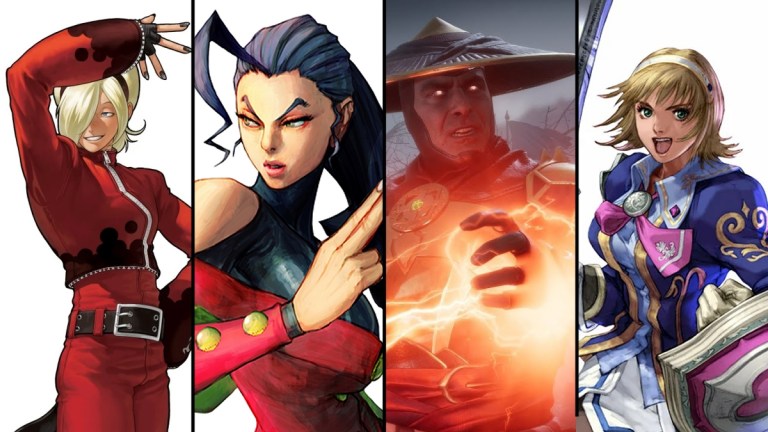
Fighting game stories are an interesting piece of the genre’s puzzle. While some players might think they’re unnecessary, story campaigns actually give these games their distinct personalities. Plot links the characters and adds interesting layers to their relationships besides just punching each other, it gives the player a reason to finish the game with every character, and it leads to interesting pieces of lore, many of which have inspired movies and comics.
But many of these series have been out for decades. What happens when their stories and continuities get too unruly? Especially when it comes to fighting games, the stories and retcons to those stories become so convoluted that developers decide to just go back to square one. Yet, even those timeline reboots aren’t so simple.
As fighting games head onto a new generation of platforms, here are some ways in which the biggest franchises have hit restart on their continuities over the years:
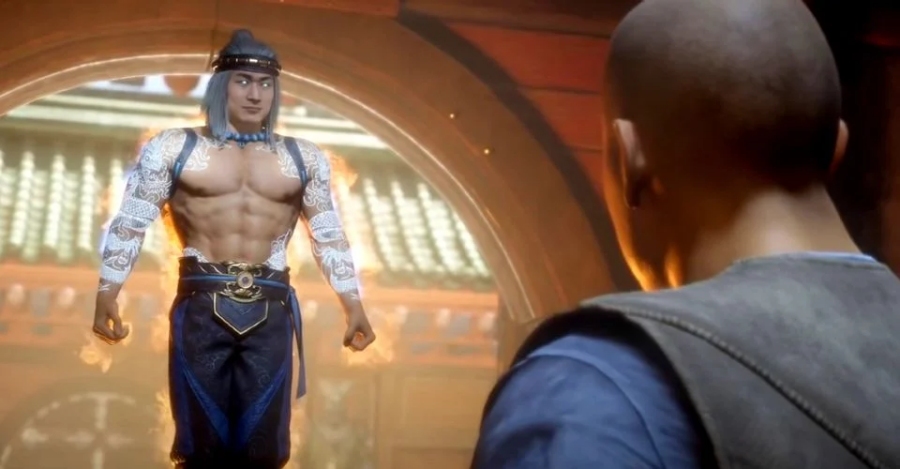
Mortal Kombat
After a popular opening trilogy, and an unpopular initial attempt to transfer its style to 3D, Mortal Kombat reinvented itself. The PS2 era of games tried a different engine, an expansion of the mythos, and the introduction of many new characters who weren’t nearly as popular as those from the original trilogy. While Kenshi and Frost caught on, most others have simply fallen into obscurity.
By the time we got to Mortal Kombat: Armageddon, which featured the series’ entire playable cast up to that point, the series had gone a little too off-course. The next canon game in the series, Mortal Kombat (otherwise known as Mortal Kombat 9 or Mortal Kombat 2011 for simplicity’s sake), was all about bringing the series back to its roots. Armageddon featured the entire roster fighting it out for ultimate power, and the winner turned out to be the villainous Shao Kahn. In a last-ditch effort to save reality from Kahn’s wrath, Raiden sent a mysterious message back to his younger self: “He must win!”
From there, Mortal Kombat 9 became a more detailed retelling of the original three games, but with a few alterations due to Raiden’s attempts to prevent the dark future. Lots of characters died and the repercussions were felt in its sequel, Mortal Kombat X. That game jumped forward about 20 years and established new characters and relationships that were far more popular than the PS2 games.
Then Mortal Kombat 11 happened and things got nuts. The titan Kronika could control the flow of time and used her abilities to throw a bunch of characters from Mortal Kombat II into the present. Lots of fun interactions happened between warriors and their time-displaced counterparts, but by the end of the story, it led to yet ANOTHER reboot of the timeline.
While the bad ending of Mortal Kombat 11 has Shang Tsung conquering the multiverse, the good version has Liu Kang (now a god) controlling the timeline and going back 500 years to prevent Goro from becoming Mortal Kombat champion. Kind of puts a damper on everyone’s character development, but okay.
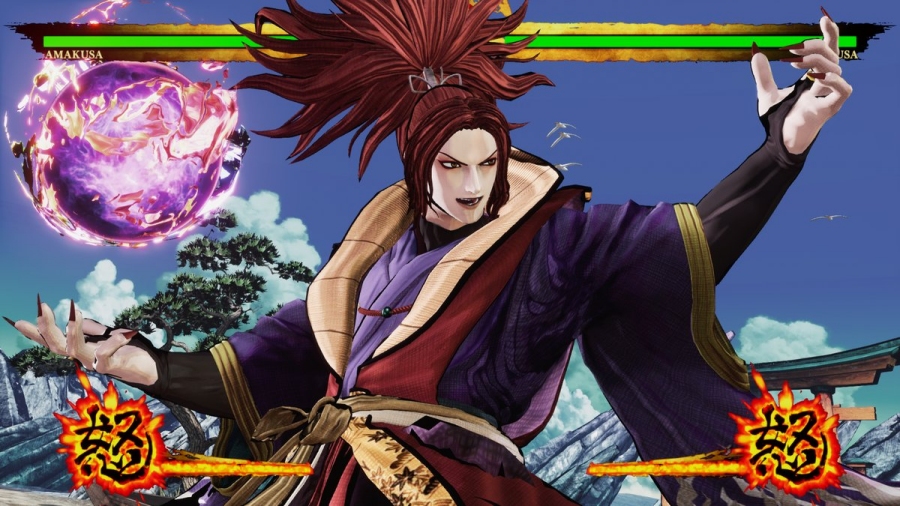
Samurai Shodown
Samurai Shodown continuity is weird because it’s just a bunch of extremely skilled people with dangerous weapons trying to kill each other, but barely anyone ever dies. In fact, these characters go through the motions of fighting each other to the not-quite-death over and over while the actual threats build up off-screen. For instance, you’ll be racking up wins as Haohmaru, and every now and then a cutscene will introduce some demonic entity powering up elsewhere. Then said entity will eventually cross paths with Haohmaru, lose, and Haohmaru will move on with his life.
The chronology of these games are all over the place though, even though many of the games feel so similar. After SNK made the first two entries, the studio decided that the third and fourth should take place BEFORE the second. And Samurai Shodown V is the first chronological chapter in the story for some reason.
SNK brought the series back in 2019, presenting it as a new beginning for the franchise, a fresh start. But no, instead it just takes place in between Samurai Shodown V and the original Samurai Shodown. Did I mention that the 2019 game is also just called Samurai Shodown?
And now there’s blood coming out of my ears.
Maybe it doesn’t truly count as a reboot, but SNK really loves saying, “Wait, no! That’s not the first time these warriors have tried and failed to kill each other!”
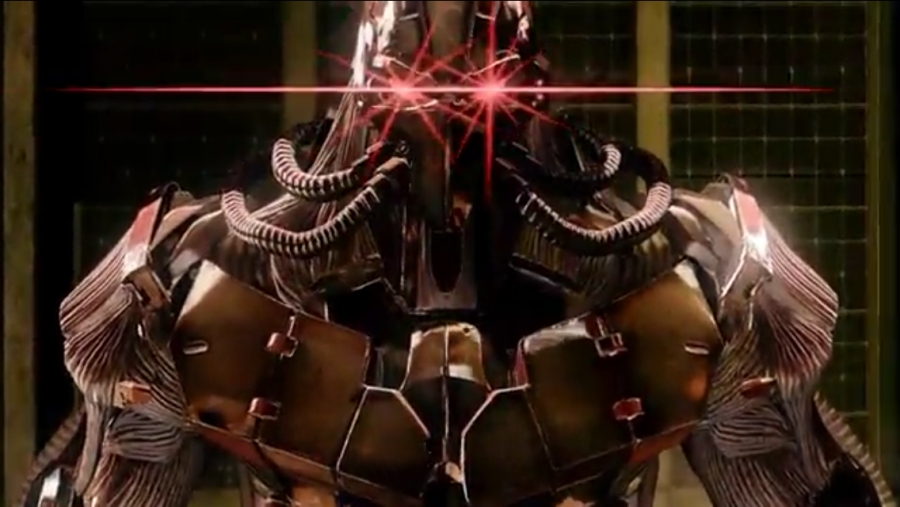
Killer Instinct
Killer Instinct was a pretty big deal when it came out in 1994, which is why it’s so surprising the original only got one sequel. The game was so impressive it was billed as a big fighting game title for the upcoming Nintendo “Ultra 64” console but that never ended up happening. The arcade game was eventually ported to the SNES, while Killer Instinct 2 eventually made it onto the N64 in 1996.
The original game revolved around a fighting tournament run by Ultratech, the stupidest fictional evil corporation ever. I mean, we’ve seen movies like Aliens, RoboCop 2, Jurassic World, etc. where greedy corporations accidentally unleash some horror beyond their control. Ultratech is like all of them put together, with each division specializing in a different apocalyptic ticking timebomb. They created killer robots, genetically-engineered the return of dinosaurs, resurrected the dead, turned a convict into a fire elemental, kidnapped an alien and antagonized the hell out of him, and unsealed an ancient evil that had been magically locked away.
Thankfully, a special agent and her long-lost ninja brother saved the world. Then they all went back in time and fought barbarians and a gargoyle god. Man, time machines, too? Ultratech really is the worst when it comes to meddling in God’s domain.
After developer Rare split from Nintendo, fans went a long, long time without another installment of Killer Instinct. That is, until 2013, when Rare brought back the series, with a new free-to-play installment on the Xbox One. Jago was free, but everything else would cost you money.
With new takes on older character designs and a setup where fighters would trickle onto the roster over time, it made sense to just start the story over from square one. The first season brought back seven of the classic characters from the first game with a fresh, modernized coat of paint over them, along with one new character.
Over the next few seasons, the updated nostalgia acted as the carrot on the stick. As time marched on, every single character from the first two Killer Instinct games would get reintroduced, alongside new fighters and even a few guest characters.
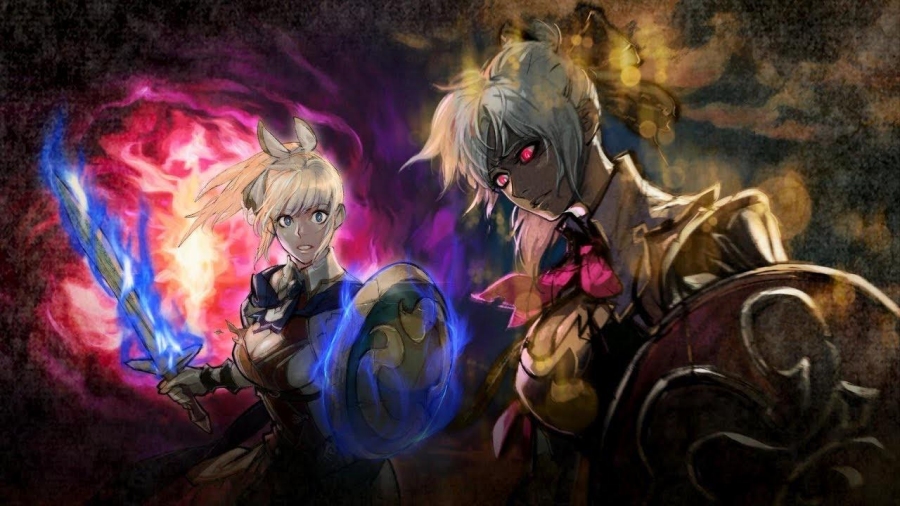
Soul Calibur
The Soul Calibur games have what I call “The Freddy Krueger Problem.” Each installment follows characters who want to destroy a supernatural threat. The problem is that the threat is the bread and butter of the series. You can’t fully destroy Freddy Krueger if you plan to make more Nightmare on Elm Street movies. You can’t fully destroy the Soul Edge if you plan to make more Soul Calibur games.
After Soul Edge and four installments of Soul Calibur, Bandai Namco decided to liven things up by jumping forward about 15 years with Soul Calibur V. This attempt at introducing a new generation of heroes and villains flopped hard. For a while, it looked like the game’s failure had killed the series.
Then we got to Soul Calibur VI, which included a story mode called Chronicle of Souls. It was a really cool take on a fighting game story mode, spanning all of the games up to Soul Calibur IV. While there was a streamlined retelling of the first Soul Calibur’s plot centered around Kilik, Xianghua, and Maxi, various characters had their own detailed side stories that stretched through the whole saga or just a short segment of it.
In addition, there were parts that connected with Soul Calibur V’s near future, but in the sense that various characters were trying to warn their younger selves about how much that game’s storyline sucks. It’s up to DLC addition Cassandra to prevent its existence and hope for a better outcome.
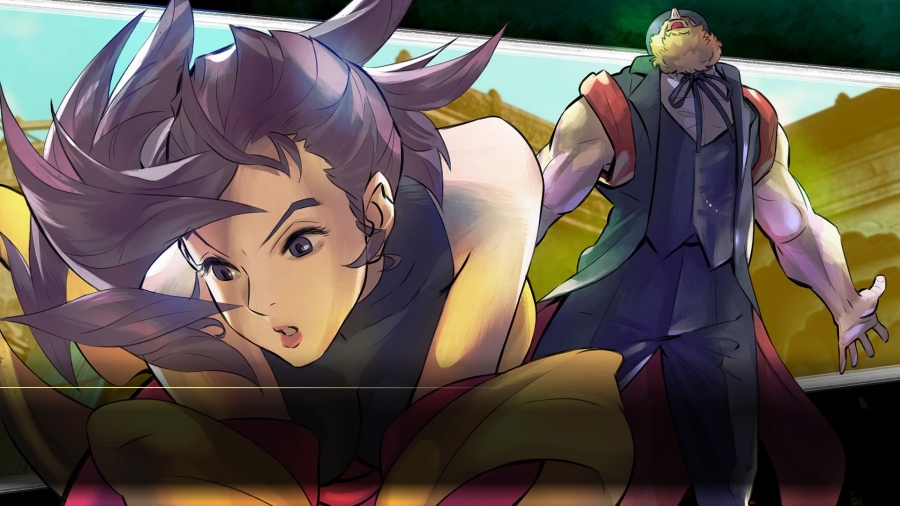
Street Fighter
Street Fighter’s chronology is all over the place. After Street Fighter II ran its course, they released Street Fighter Alpha and its sequels, coming out roughly parallel to Street Fighter III and its sequels. Alpha was supposed to take place between the first two games while Street Fighter III was, naturally, set after. But to this day, Capcom is a little weird about Street Fighter III’s place in the series.
While the trilogy of Street Fighter III titles were damn good, they weren’t as successful as Street Fighter II by a long shot. This is due to many things, including the pricey Sega Dreamcast hardware it released on, as well as the roster of primarily new characters.
In the years since its release, Capcom has solidified Street Fighter III as the chronological end of the Street Fighter saga, using Street Fighter IV and Street Fighter V as a bridge from II to III. That led to Street Fighter V emphasizing not only M. Bison’s absolute death but various fighters transitioning into more normal lives (Sakura considering motherhood, Cody becoming a mayor, Blanka trying to provide for his mother, Guile getting his closure, etc.).
But then Capcom added Rose as a DLC character and things got a bit more interesting. Disturbed by the mysterious arrival of the self-proclaimed “President of Earth” G, Rose received visions of an apocalyptic future: reality itself will end, and while G is somehow responsible, it’s too late to stop what’s in motion. Rose figures that she can send a psychic message to her younger self (seemingly from the Alpha era) and warn her, thereby completely ripping off Raiden’s plan in Mortal Kombat 9 to reboot the timeline before it’s too late.
After all this time, Capcom has no real interest in following up on the events of Street Fighter III. Instead, it seems like the developer is going back in time and starting over, showing more appreciation for the Alpha roster along the way. It’ll be interesting to see how Street Fighter VI picks up these threads.
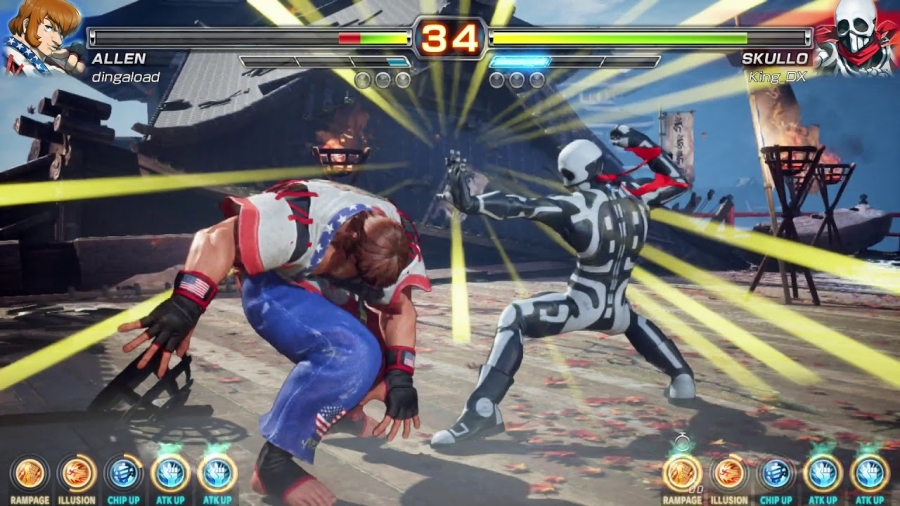
Fighting EX Layer
Speaking of Street Fighter, there’s also Capcom’s oft forgotten side-series. Back when gamers wanted all the classic video games to transition 3D, whether it was a good idea or not (*cough* Earthworm Jim *cough* Bubsy), developer Arika got to make a 3D version of Street Fighter called Street Fighter EX. Half the roster was made up of classic Street Fighter characters while the other half were a bunch of Arika originals. They were hit-or-miss, but really, all anyone ever cared about was Skullomania, the sentai superhero dressed like a skeleton.
In addition to the Street Fighter EX trilogy, Blair Dame and Allen Snider appeared in the obscure arcade game Fighting Layer, developed by Arika and published by Namco. And Arika really wanted to do a follow-up to Street Fighter EX for a while but Capcom never showed any interest.
In 2018, Arika instead released Fighting EX Layer. Capcom doesn’t want to play ball? Fine! How about a game that’s just the Arika characters from the Street Fighter EX games?! Who’s laughing now?!
Funny enough, Capcom did reconnect with Arika to help promote the game. For a little while, Fighting EX Layer characters were available in Street Fighter V in the form of character skins. Cammy could become Blair, Akuma could become Garuda, and if you thought G wasn’t weird enough, he could dress up as Skullomania!
Also, Terry Bogard from Fatal Fury was thrown in as a guest character. In return, a gender-flipped Skullomania appeared in SNK Heroines: Tag Team Frenzy. Video games can be weird, man…
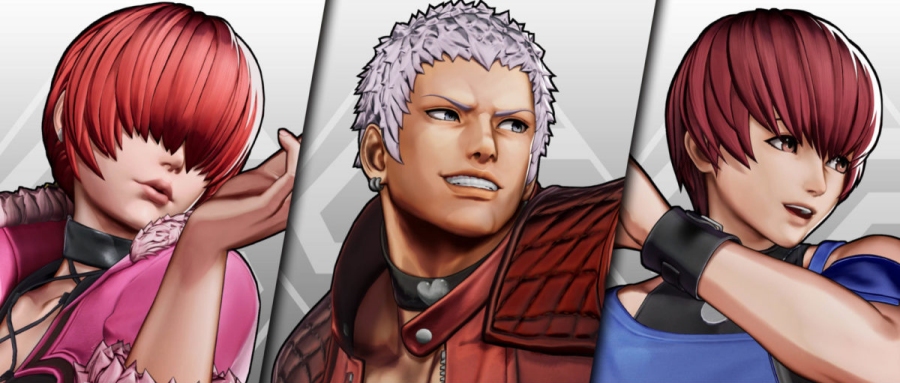
King of Fighters
SNK’s trio-based crossover series has always been fairly strict about its continuity. The original villain Rugal Bernstein died in the second installment and he stayed dead, only returning in non-canon “dream match” installments and crossovers. The same can be said for the beloved New Faces team from King of Fighters ’97, who committed ritual suicide prior to the game’s boss fight.
But King of Fighters’ long-running storyline recently started to hiccup. At the end of King of Fighters XIII, the antihero Ash Crimson saved the world by sealing his evil, time-traveling ancestor Saiki away in limbo. That meant Ash ceased to exist and reality rewrote itself. Yeah, Saiki was thwarted, but that created a time paradox. This also resulted in the creation of demon Verse, who crashed the party at King of Fighters XIV. Interestingly enough, Verse’s win quotes were taken from various dead characters like Rugal, Krizalid, and even Ash.
Yes, Ash Crimson’s heroics broke the timeline, but after Verse’s defeat, we saw names from the past begin to appear agin. One ending had the trio of Kyo, Iori, and Chizuru reuniting in order to reseal away the King of Fighters ’97 boss Orochi and nip that problem in the bud. Another ending had Ash’s friend Elisabeth discover Ash’s unconscious body, revealing that even with the paradox, she couldn’t forget their connection.
Now the New Faces are playable again in King of Fighters XV. There’s also a hint that we might get Terry Bogard’s murdered father Jeff Bogard as a playable fighter for the first time ever. It doesn’t matter how dead a character is anymore. Everything’s broken and everything goes.

